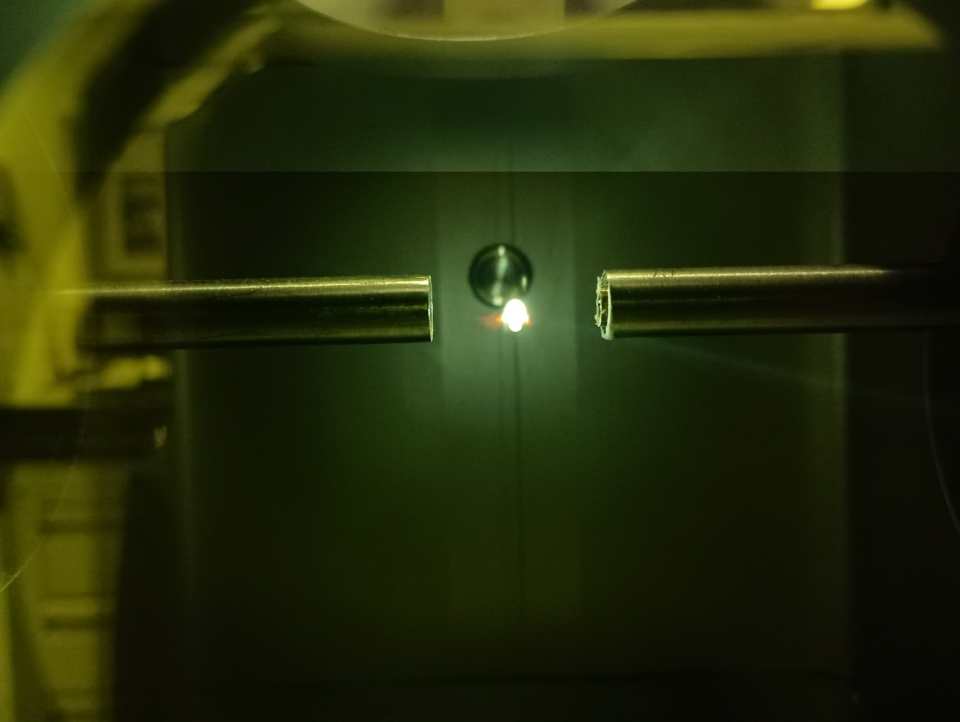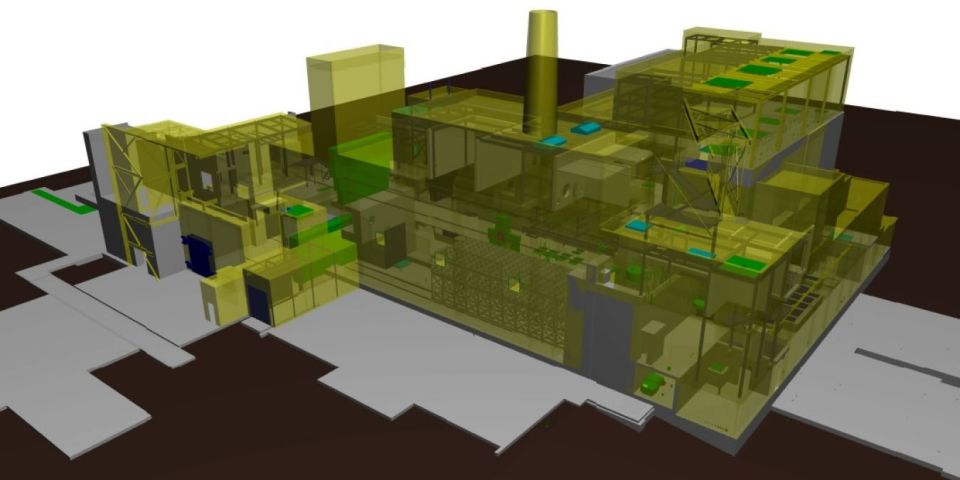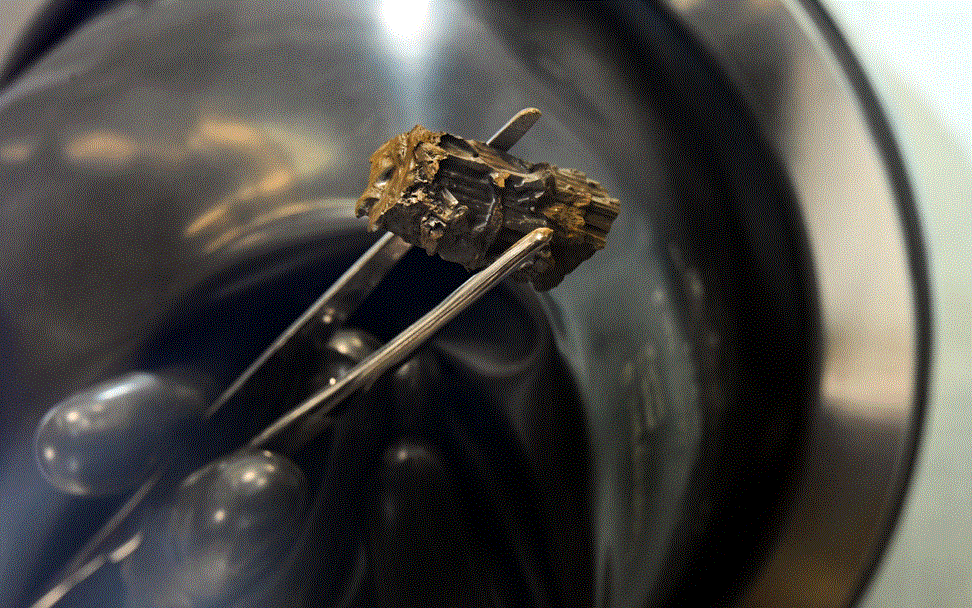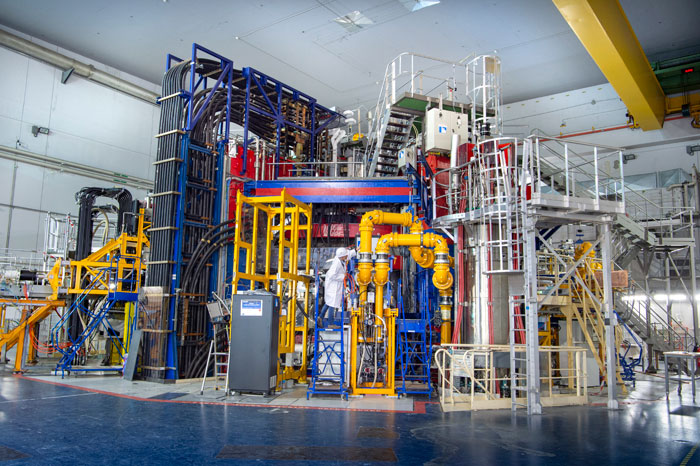Concept art showing Type One Energy’s Infinity One prototype stellarator inside TVA’s Bull Run fossil plant. (Photo/Image: Business Wire)
Fusion startup Type One Energy has announced the publication of a baseline physics design basis for its proposed Infinity Two stellarator fusion pilot power plant. The design basis was published in a series of seven papers in a special issue of the Journal of Plasma Physics. According to the company, the design basis realistically considers for the first time the relationship between competing requirements for plasma performance, power plant startup, construction logistics, reliability, and economics utilizing actual power plant operating experience.
Type One Energy is working with the Tennessee Valley Authority on the development of a potential fusion power plant project using Type One Energy’s stellarator fusion power technology. The company has said its 350-MWe fusion pilot power plant could provide a complementary source of baseload electrical generation for the region as early as the mid-2030s.
The Knoxville News Sentinel reported on March 28 that Type One Energy plans to begin building a prototype stellarator in the turbine hall of TVA’s retired Bull Run coal plant next year, with completion by early 2029 to prove key functions of the machine.
The basis: In forming the design basis, the company made use of high-performance computing facilities, including access to the exascale Frontier machine at the Department of Energy’s Oak Ridge National Laboratory, to perform its stellarator physics simulations. According to Type One Energy, the high-fidelity computational plasma physics analyses it performed substantially reduce the risk of meeting Infinity Two’s functional and performance requirements.
The company said its design is characterized by resilient and stable plasma behavior across a broad range of operating conditions, very low heat loss due to turbulent transport, and tolerable direct energy losses to the stellarator first wall. The Infinity Two stellarator is designed to have room to accommodate both island divertors to exhaust helium ash and a blanket to provide appropriate shielding and tritium breeding. Type One Energy said it has high confidence that this essential physics solution provides a good baseline stellarator configuration for the fusion pilot power plant.
They said it: “The team was able to efficiently develop deep plasma physics insights to inform the design of our Infinity Two stellarator by taking advantage of our access to high-performance computing resources,” John Canik, chief science and engineering officer for Type One Energy, said on March 27. “This enabled the Type One Energy team to demonstrate a realistic, integrated stellarator design that moves far beyond conventional thinking and concepts derived from more limited modeling capabilities.”
“Why are we the first private fusion company with an agreement to develop a potential fusion power plant project for an energy utility? Because we have a design anchored in reality,” said Christofer Mowry, Type One Energy’s CEO.
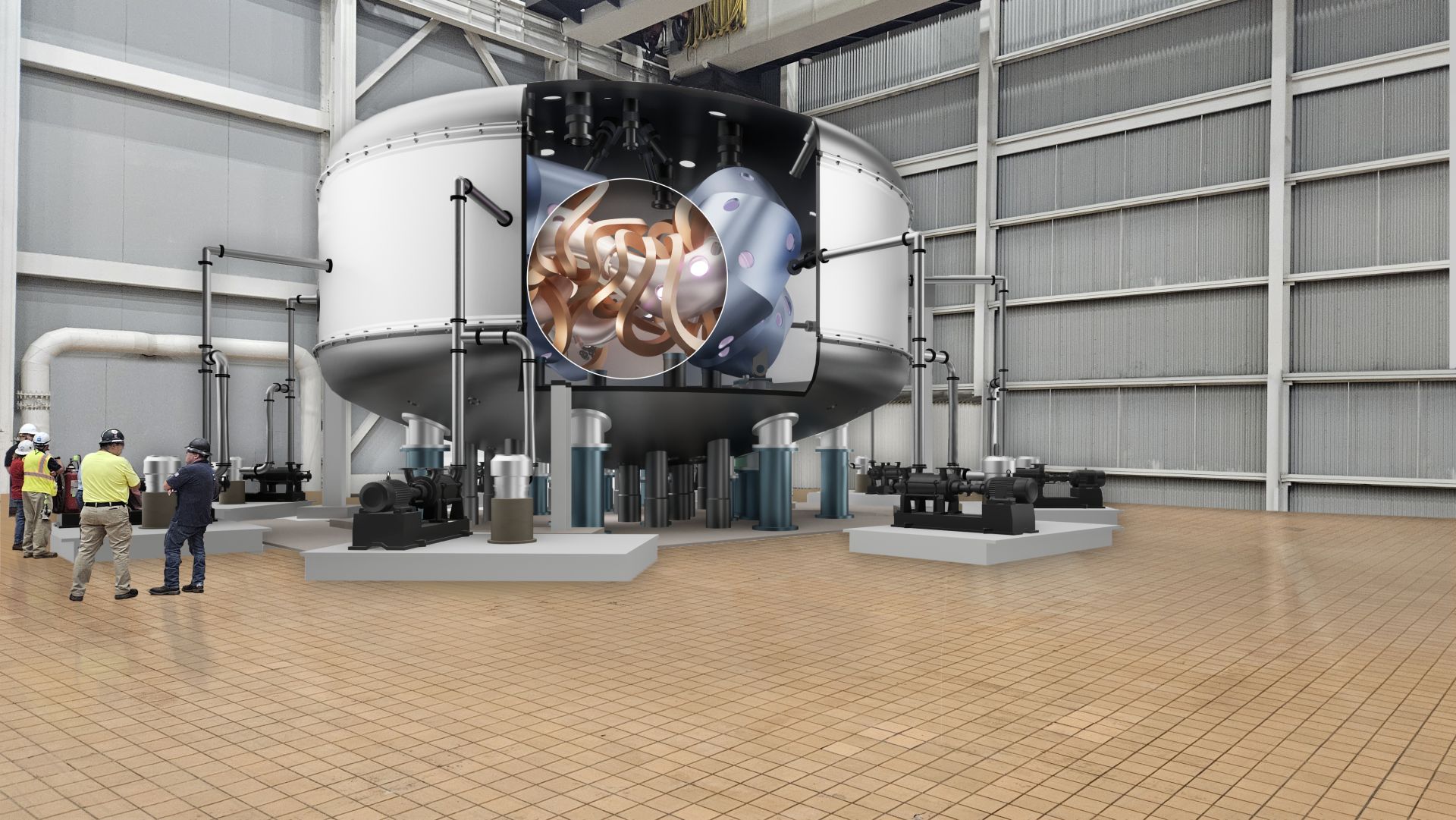



.svg.png)

